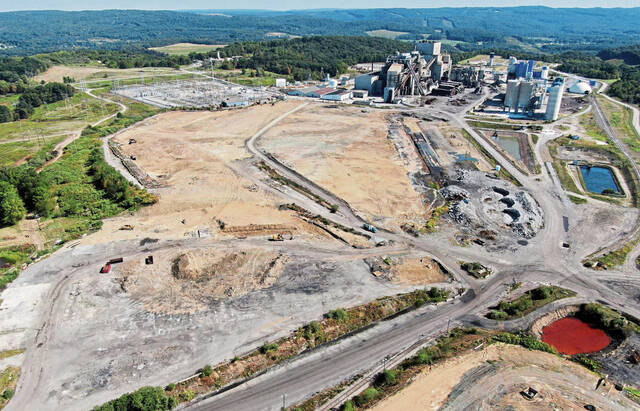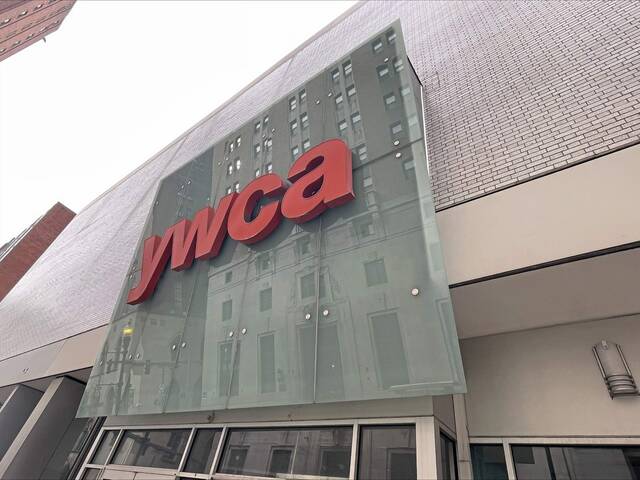Recently released March 2022 private-sector employment data show the seven-county Pittsburgh Metropolitan Statistical Area (MSA) has failed to recover to the pre-pandemic level of March 2019. And new research by the Allegheny Institute for Public Policy shows that Right-to-Work MSAs have performed better than Non-Right-to-Work MSAs, those that compel workers to join a labor union and/or pay dues as a condition of employment.
“All told, the five faster job growth MSAs had on average a 46.7 lower percentage of unionized public sector employees than the slow growth MSAs in 2021,” says Jake Haulk, president-emeritus of the Pittsburgh think tank.
“Coincidence? Seems to be highly unlikely,” says the Ph.D. economist.
The Pittsburgh MSA’s March job count remains 53,800 (5.1%) below that of March 2019. The national jobs count was 0.8% higher than the three-year-ago period.
But simply returning to pre-pandemic employment levels fails to consider job growth that likely would have occurred had covid-19 not devastated the strong economy underway in early 2020, with the effects extending well into 2021. Note that nationwide in the three years from 2016 to 2019, private employment rose a more modest 5.2%.
Assuming, conservatively, that the 2019 to 2022 growth would have conservatively been 3%, the March 2022 U.S. job total would have reached 130.3 million, which is 2.8 million higher than the actual number reported.
“In short, while there is some satisfaction in recovering to pre-pandemic levels, there remains a lot of catching up to get the economy back on track,” Haulk emphasizes.
The Pittsburgh MSA’s lagging jobs recovery is very troubling considering comparably sized MSA are showing robust post-pandemic jobs growth that has pushed employment levels well above the pre-pandemic postings.
The five MSA grouping of Austin, Texas; Nashville, Tenn.; Tampa Bay, Fla.; and Charlotte and Raleigh, N.C., posted, in aggregate, an average private jobs gain from March 2019 to March 2022 of 7.7%.
Among this group, Austin was the strongest at 13% growth while Charlotte was slowest with a 4.7% gain in the like period.
But the five-member MSA group of Pittsburgh, Nassau-Suffolk counties, N.Y.; Buffalo, N.Y.; Cleveland, Ohio and Hartford, Conn., on average, remained 3.9% below the March 2019 readings in March 2022.
Pittsburgh was the worst performer with jobs still 5.1% below the March 2019 level. Cleveland had the best of the five with employment 2.3% lower than three years earlier. Buffalo and Nassau remained 4.7% and 4.1% lower, respectively. Hartford remained 3.5% lower.
“Austin is truly remarkable with employment nearly doubling since 2000 and is up 57% in the last 10 years,” Haulk says. “Indeed, the five fast-growing MSA-average added 39.2% more jobs over the 10 years, March 2012 to March 2022.
“During the same period the five slow-growing MSAs posted an average gain of just 2% with the Pittsburgh MSA the only one of the 10 reviewed that had fewer jobs in March 2022 than in March 2012,” he says.
All this said, all five poor-performing, slower-growth MSAs are in Non-Right-to-Work states (New York, Pennsylvania, Ohio, Connecticut). Moreover, all poor-performing MSAs have high percentages of public-sector employee union membership.
“High rates of public-sector unionization lead to more and unnecessary government involvement in the lives of citizens and businesses,” Haulk reminds. “We see in country after country the negative effects of the heavy hand of government.
“Little wonder Franklin Roosevelt did not support the creation of government unions,” he concludes.








